
在华语社区聚焦华人项目,每天一篇Web3项目分析!
HOOH: Fi for Social, the next generation of Web3 social products

The origins of Meme can be traced back to the 1970s.
Richard Dawkins, in his 1976 book The Selfish Gene, pointed out that Meme is "as a unit of cultural transmission," equivalent to a cultural gene.
With the rise of the digital age, Meme is the language of the new generation of GenZ. They combine text, pictures, and even audio, video, etc., according to a set of simple rules. "complex systems".
The above features of Meme make Web3 the best soil for running it. Countless NFT artworks that “need to increase liquidity” are the best components of this world, and the CC0 protocol and royalty system constitute the basic principles of the economic system.
The most famous Meme NFT is Cryptopunk, which represents encrypted OG, while BAYC represents a kind of depression, and mfers represents a kind of self-deprecating.
A while ago, if you were a front-line friend of surfing and eating melons, you should have seen a polite photo of V God and a girl, which quickly became a well-known Meme on the Internet and spread widely, and soon the next day, you will have a sense of smell on the Internet Extremely sensitive netizens released vitalik pump's Meme NFT to make money.
As of now, the transaction volume of the project has reached 167e.
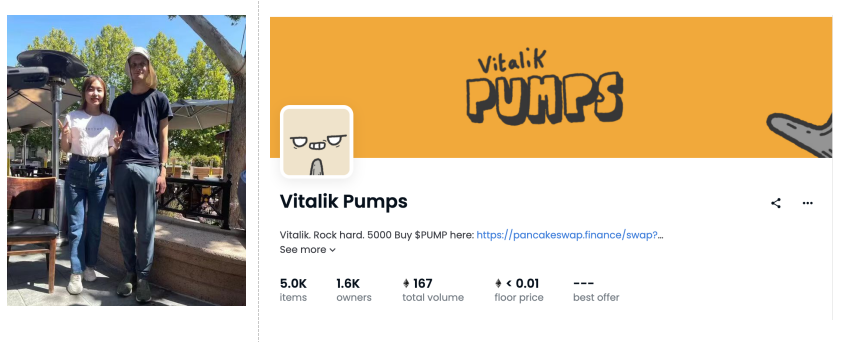
NFT allows value to circulate freely on the Internet, and Meme allows culture to spread wildly on the Internet. Like Vitalik Pumps, we have witnessed the wealth effect brought about by the combination of the two.
But at the same time, we also found that this kind of PFP NFT with Meme is generally plagued by insufficient liquidity.
The reason behind it comes from the short timeliness of Meme. The centralized project party needs to invest a lot of time and energy to keep the topic hot, or create wealth effects through constant airdrops to keep the holders alive.
In my opinion, this model is unsustainable and not decentralized enough.
Recently, the author found that a project called HOOH may be able to solve the above problems. On HOOH, users can help users Meme to Earn through high-quality Meme making tools.
In addition, HOOH creates various application scenarios for NFT, so that social relations can be better served. In my opinion, it is likely to be a very novel form of social products.

Let's take an example to illustrate what Meme to Earn is all about.
We refactored the example of vitalik just now, "First, I captured the Meme value of Vitalik Pump, and then quickly made a series of Meme template diagrams and uploaded them as NFTs to prove that I created them.
With the popularity of Meme, a large number of users use my Meme template for secondary creation on major social platforms.
In this process, as the creator of Meme NFT, in addition to the one-time template fee paid by netizens, I also get the influence income from browsing, likes, comments, etc. for the Meme made with this template. "
The data of these influence income is precisely to prove that the creator's NFT assets are valuable - so if one day in the future, if you want to sell the NFT Meme template in your hand, then these influence data are also strong evidence.
After talking about how to realize Meme to Earn through the HooH platform, if you want to do well, you must first sharpen your tools. To make a Meme NFT that is enough to break the circle, you must first find efficient manufacturing tools.
Here I have to mention HooH's predecessor [Canned Herring], which is a very mature product developed by the founding team in Web2.
[Canned Herring] is famous for its exquisite Meme artifact. By entering text, the software will automatically generate a series of pictures for users to choose and combine into a Meme picture.
The text layout and image integration in the middle are automatically processed by the software, which is very efficient and convenient.
Currently, 【Herring Can】 has about 4 million users and has won top awards in all major app stores in China (Xiaomi, Huawei, VIVO and OppO).

Recently, it has also worked closely with the NEAR Asia Pacific team to try to implement the Web3 concept among real users, and has created a record of 100,000 NEAR wallet user registrations within 6 months.
Recently, the team found that Web3's new soil is very suitable for the spread of Meme culture, and the team also transplanted the most essential Meme magical functions to Web3's product HOOH.
In terms of image generation, it currently relies on image tag + internal translation engine to match multiple languages. However, in the future, the team plans to use AI to learn the behavior of users, and automatically provide better recommendations for creators, so that pictures can also "read" the language, and achieve better Meme picture effects.
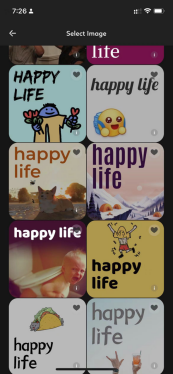
In addition to making meme pictures and sentence creation, HOOH, in order to encourage users with weak creative ability to play the role of "curators", plan exhibitions based on other people's works and NFTs under new narratives or themes, in the same way as creators and NFT owners. Benefit from influence. And help more users realize their ideas through AI tools.
In addition to Meme to Earn, HOOH wants to think about products from a real user experience perspective.
The social products we use today build the social relationships in our lives.
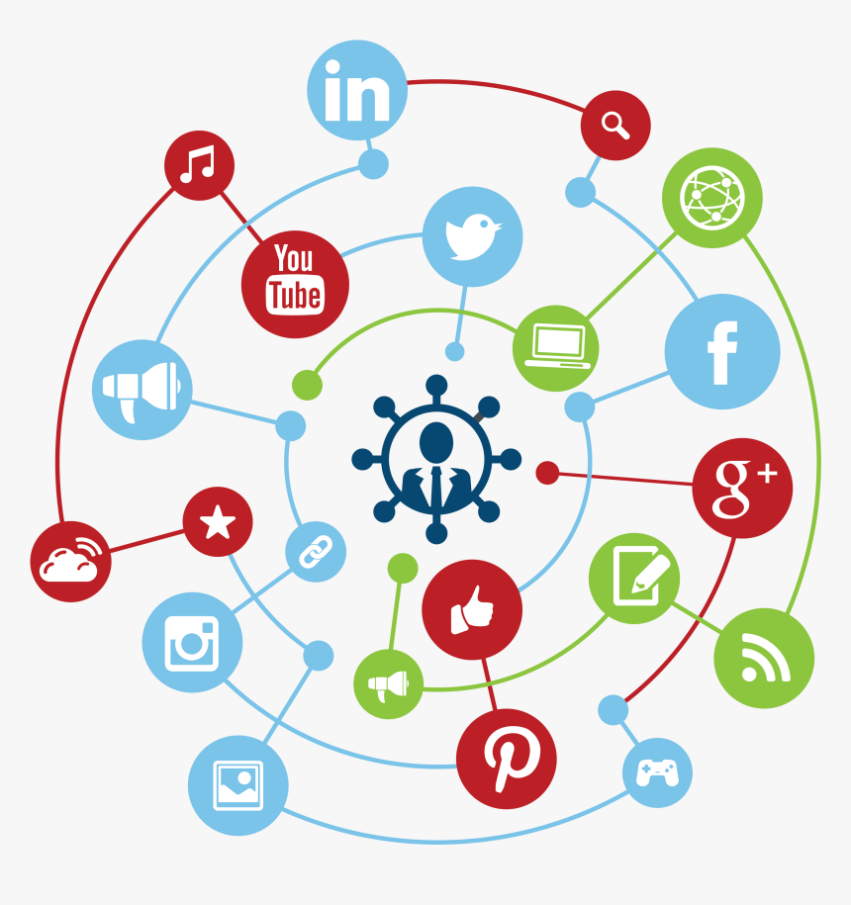
For example, Twitter builds social relationships through "free speech", Instagram builds social relationships through "visual resonance", Tiktok builds social relationships through "vigorous life", and LinkedIn builds social relationships through "workplace".
HOOH records these social relationships through Social PIN, an NFT.
If God has the power to make all history settle down through time, then HOOH hopes to use the blockchain to give us the ability to record everything to NFTize social relationships.
Just as people cannot erase their memories, and time cannot be reversed, history is history, and it really happened.
At the beginning of registration, each user needs to set the Social PIN style. When users pay attention to each other, it will be automatically triggered and exchanged with each other. Because of its scarcity, it is also a tradable liquid asset.
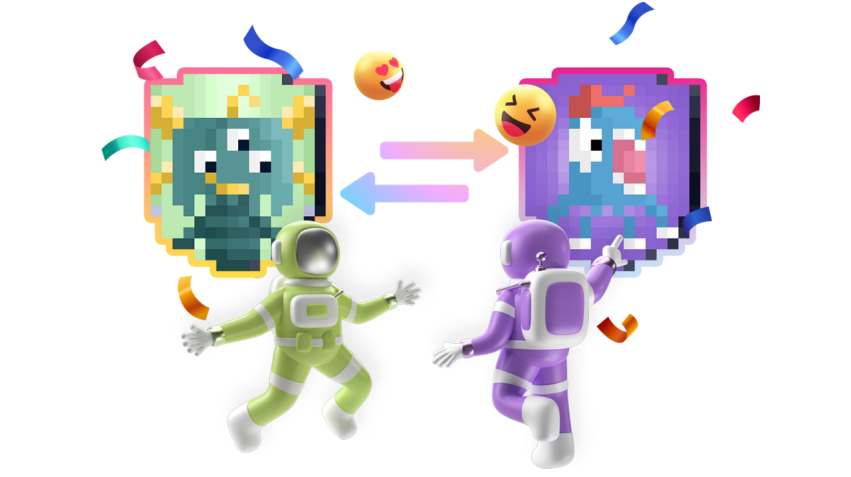
Users can adjust the style in stages to control the scarcity of a certain Social PIN, and distinguish fan levels and management rights.
Each Social PIN corresponds to a period of time of a certain user, so it naturally has a narrative behind it.
Imagine if the pre-famous "Marilyn Monroe" sent a Social Pin to her best friends and tagged them as best friends. Then one day Marilyn Dream became famous, and the NFTs corresponding to these social values are also very collectible.
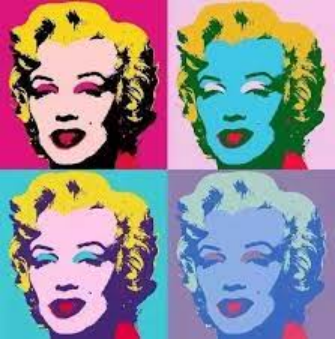
For another example, a couple casts a new Social PIN at each key node of theirs to record their various life stages with each other. Such as couples, couples, parents, etc., these diamond-like life moments should be recorded on the blockchain ledger that will never be tampered with.
When I first looked at the project, I thought that Social Pin was a popular Pass on the market. But after thinking about it, you will find that Social Pi is like thousands of interpersonal relationships. The gameplay of Social Pin can be described as endless, waiting for everyone to explore together.
Finally, the HOOH team, which has always been from the perspective of real user experience, also created a live SBT - Hermmon.
Under the current definition of SBT (Soulbound Token), SBT represents a certain experience and reputation of an individual and is not transferable, so certain privileges can be redeemed.
But human experience is constantly changing, as is influence and reputation in the virtual world, and we can't expect more lasting utility from this "one-off" SBT.
In HOOH, the system creates a "live" SBT - Hermmon - for each user.
Just as children in the real world grow taller when they drink more milk, get stronger when they exercise more, and wear a bachelor's hat when they study hard, Hermmon is the user's avatar in the virtual world.
The data generated by users' various behaviors in HOOH, the accumulated honors, the published content and other meaningful behaviors will promote the continuous "evolution" and "random mutation" of Hermmon's appearance.
Hermmon, as an SBT, is still non-transferable, which determines the credibility of the virtual identity. But HOOH sets specific components and props on Hermmon, which can be circulated (such as a lottery from an advertiser).
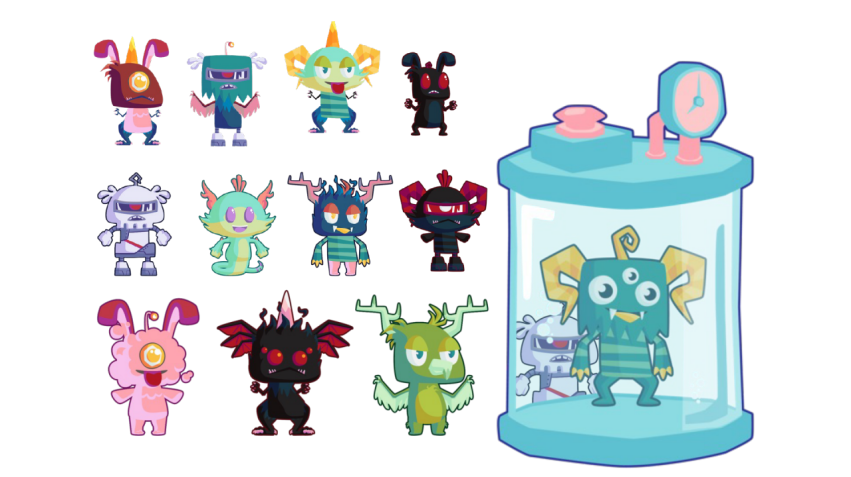
Different from most existing Web3 social products that focus on aggregating and distributing personal information scattered around the chain, HOOH, as a new social product form, hopes to build a user experience from the perspective of real user experience. Both growth and stickiness enable sustainable social products.
Compared with Social for Fi, HOOH's product is Fi for Social, and its focus is Social - first, a fun, easy-to-use, and rich social product, and then empower it through Fi.
From the above product description, we also really feel the intention of HOOH. Use Meme To Earn to break the circle and drain traffic, use Social PIN to precipitate and record social relationships, and finally record personal growth through Hermmon.
SinoDAO, Ignite China Web3, friends who are interested in participating in DAO can send me a private message!
Like my work?
Don't forget to support or like, so I know you are with me..
Comment…